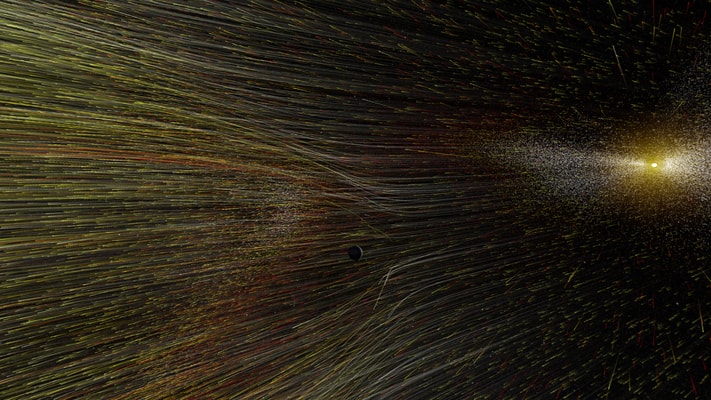
We have long debated whether or not there is or could be life on another planet. In fact, we’ve been debating that here lately. The signs point to yes, but like I’ve said before – not in the way that you think it might. We seem to have this picture in our head where all we can think of are living, breathing, intelligent creatures. Or at least that’s what the movies have taught us. But we have also heard that life could come in a micro-form. Which is the more likely case. But now astronomers are looking for signs where the conditions are right for extraterrestrial life to grow in the first place. Some planets orbit stars in what they’re calling “habitable” zones, which are regions where planets could hold liquid water that is necessary for life to exist.
What is considered habitable is a difficult one to sort through. Researchers have recently raised doubts about water on some of the exoplanets that orbit red dwarfs, which are the most common stars in the Milky Way. Without water, there’s little potential for the planet to be habitable. In two papers found in the Astrophysical Journal Letters, these scientists have developed models showing that stellar wind could severely deplete the atmosphere of these planets over hundreds of millions of years. Which would make them unable to host surface based life as we know it. Stellar wind is the constant outpouring of participles that sweep out into space.

The researchers are attempting to simulate the photo-chemical impact of starlight and the electromagnetic erosion of stellar wind on the atmosphere of the exoplanets. What does this mean exactly? The photos in starlight ionize the atoms and electromagnetic forces from the stellar wind to sweep them into space. This process could cause severe atmospheric losses that would prevent the water that evaporates from the exoplanets from raining back onto them, leaving the surface of the planet to dry up completely.
Complicating matters is the fact that the habitable zone circling red stars could evolve over time. So high stellar wind pressure early on could increase the rate of atmospheric escape. Thus, the atmosphere could have eroded too soon, even if the exoplanet was protected by a strong magnetic field like the magnetosphere surrounding Earth. The resultant weak global magnetic field and the constant bombardment of stellar wind could serve to intensify losses of atmosphere on the star-facing side.

From a water world perspective, the researchers explored three different conditions for the stellar wind. These ranged from:
- Winds that strike the Earth’s magnetosphere today.
- Ancient stellar winds flowing from young, Sun-like stars that were just a toddler-like 0.6 billion years old compared with the 4.6 billion year age of the Sun.
- The impact on exoplanets of a massive stellar storm like the Carrington event, which knocked out telegraph service and produced auroras around the world in 1859.
So what does this mean exactly? While life on other planets may be possible, the atmosphere on some planets isn’t ideal in order to support the growth and development of life. It seems that the atmosphere is a large part of the problem. Which means it can’t prevent these stellar winds from ripping across the planet and drying up any water that might have existed in the first place.



